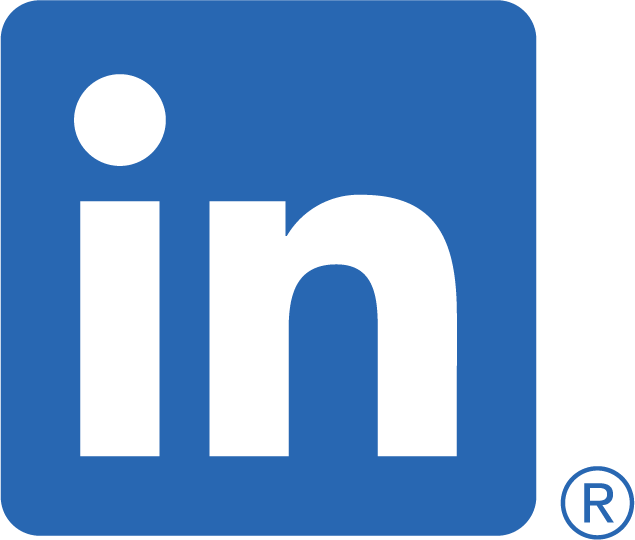The purpose of your technical resume is to generate interview requests. A successful resume attracts more interest, from more of the companies you want to interview with, for more of the jobs you would be happy to take.
You might think of a resume as your personal summary document, covering all of your life’s work to date. But it’s better to think of your resume as a business document that helps you advertise your capabilities to a future employer.
I’ve worked with thousands of employers, published the ground-breaking research into recruiter resume review time, and written several bestsellers on resumes and other career topics. And that’s why I’m now writing great technical resumes for free. Resumes, when done right, are great help in accelerating your career.
Here are a few things a technical resume is not:
- Not your autobiography
- Not a comprehensive catalog of everything you’ve done
- Not a way to make you feel good about yourself (though it might also do that)
- Not an academic CV
- Not where you need to explain past ‘bad situations’
- Not where you need to explain why you left prior jobs
No, a technical resume is none of those things. And that’s because none of those things help get you hired.
Instead, a technical resume’s primary purpose is to generate interview requests for you. It’s where you make the case to “please pick me out of the pile.”
(Secondarily, a resume is a useful page of notes to use during interviews, especially behavioral interviews. We all know how our minds can go blank during interviews and it’s useful to have something to aid your memory in those moments.)
What’s the best way to get a hiring manager or future boss to select your resume from the pile?
It’s to make it as clear as possible which types of problems you’ve solved in the past, and how well you solved them. With that information, hiring managers have the easiest time in predicting what you can do for them in the future.
Unfortunately, most technology professionals take the easy way out, and copy and paste their job description into their resume. As a result, their bullet points are full of sentences that begin “Responsible for” or “Worked on” or “Assigned to.”
This is a mistake because your future employer is not going to hire you for your past responsibilities. Rather, they will hire you for your past successes. It’s your achievements and results in technology that get you promoted and elevated to ever-higher levels.
And that’s why great technical resumes focus on results, numbers and method.
Results: for the technology you were working on, how did it make your company, team, or systems better? Did it increase, decrease, grow, shrink, improve, suppress, optimize, deprecate, add or remove something important for your company? For everything you’ve worked on, there was some reason you were doing it. Hopefully, that reason had to do with making things better. Share the result with your resume readers.
Numbers: by how much did you make things better? As a technology professional, you’re used to numbers. We measure the success of what we do in numbers all the time: latency, loadtime, DAUs, Google score. Using numbers to describe the work you’ve done comes naturally in the field.
So the more you can use numbers to quantify how much you helped increase, decrease, grow, shrink, etc., the important metrics in your prior roles, the better and more persuasive your resume will be in getting picked out of the pile.
Method: this is the technical “how I did it” part of a great technical resume. If you increased something by 50% what technologies or solutions or methodologies did you use to get there? If you shrank a different metric by 70%, what activities or behaviors or actions did you need to take to achieve this reduction?
Many technical resumes miss the results and the numbers and only list the method of how they did something. Unfortunately, that’s not as effective at attracting attention to get your resume picked out of the pile.
To demonstrate, the bullet points below with numbers are much more powerful than the same bullet point without numbers.
-
Responsible for for managing our AWS cloud services for cost, reliability and scalability.
-
Reduced costs 17% by decommissioning 42 ec2 instances in our AWS implementation while managing for costs, reliability and scalability.
-
Worked on cloud backend
-
Architected cloud backend to support scaling from 50,000 to 1.5 million daily users.
-
Refactored our front/end experience using React.
-
Reduced average page load time 57% by refactoring our front-end experience in React.
-
Improved rendering system for complex graphical objects.
-
Improved the performance of rendering system for complex graphical objects from 10,000 to 1,000,000 objects per second with only 20% increase in resource utilization.
Combining results, numbers and methods on your resume makes your experience stand out from the pile. And that’s the best way to fulfill the purpose of your resume - to get you interview requests.
Great technical resumes increase your chances of getting hired, and getting ahead in your career. If you’d like Leet Resumes to write your technical resume for free, sign up here.







